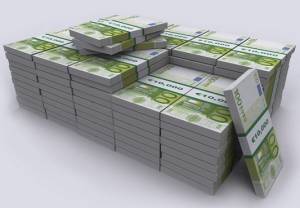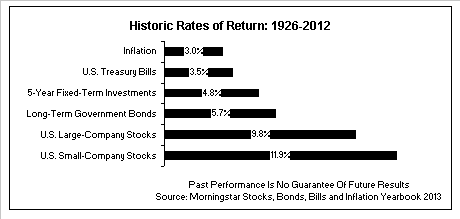Table of Contents
Financial Independence
A Definition
Financial independence is the situation where you can survive off the income of your investments and no longer need to depend on income from your labour. Colloquially described as “F*-* You Money”.
Could define this as cut off for top Tier in a capitalist society.
Not eating the seed corn 1)
This can be defined as the amount of capital needed to generate enough income to cover your expenses without your capital being depleted with time either through inflation or withdrawals to cover expenses.
Net Return on Capital ≥ Expenses
Net return is total return after taxes and after a part of return has been added to existing capital to offset the effect of inflation.
Net Return on Capital: Total Return on Investment (ROI) - Taxes - Inflation offset
Web site more or less dedicated to this topic: financialsamurai.com
How much capital do I need?
Formula used: $$Required \mbox{ }Capital = \frac {12 \cdot Expenses} {ROI - ROI*Tax - Inflation} $$
If the above input parameters hold, then this is the amount of capital required to generate the income to cover your expenses.
Example of a Steady State situation that can last indefinitely (no depletion of Capital) Input Parameters Monthly Expenses 4.000 € Rate of Return on capital (APR) 7% Tax on capital returns 24% Inflation rate 2% Capital required at break-even point: 1.445.783 €
Assuming the the ROI after taxes, inflation etc… can be maintained at 4%, then the above formula collapses to:
$$Required \mbox{ }Capital = 25 * {yearly \mbox{ }Expenses} $$
Writing yearly expenses as a percentage of total income
$$Income = Expense + Savings $$
You can write $$ Savings \mbox{ }Rate = \frac{savings}{Income} $$
This is the only parameter need to know how long it will take you to reach financial indepence assuming a 4% net ROI and that your expenses remain same after financial independence
| Savings Rate | Years to financial Independence |
|---|---|
| 15% | 43 |
| 25% | 37 |
| 35% | 25 |
| 50% | 17 |
| 65% | 11 |
So how does that much cash look like?
The above image gives you an indication of the size taken up by:
a) 10 thousand Euro (small enough to fit straight into your pocket)
b) 1 million Euro (conceivably one could store this in a briefcase or backpack)
c) 100 million Euro (bigger than an average human being)
About 1.8 million euros can fit sown into the back of your car seats as the this story about a Chinese couple caught crossing border by customs have shown.
A Note on input paramaters
- Taget rate of ECB for inflation is 2%. This can vary wildly depending on politcal climate. ~3% is average rate from US over last century
- Return on Investment - historic rate of return for different asset classes shown below:
- Rate of taxes on capital return can also vary wildly. Tax free allowances or tax avoidance measures could also lower the rate.
Offsetting Inlation
If capital grows at rate that offsets inflation, then returns also update to offset inflation. Example - Assuming 5% return and 2% inflation:
| Year | Total Return | Return to owner | Return to offset inflation | Starting Capital |
|---|---|---|---|---|
| 1 | 5000 | 3000 | 2000 | 100,000 |
| 2 | 5100 | 3060 | 2040 | 102,000 |
| 3 | 5202 | 3121 | 2080.8 | 104,040 |
Return from capital after capital has been topped up to offset inflation also tracks inflation rate - steady state

